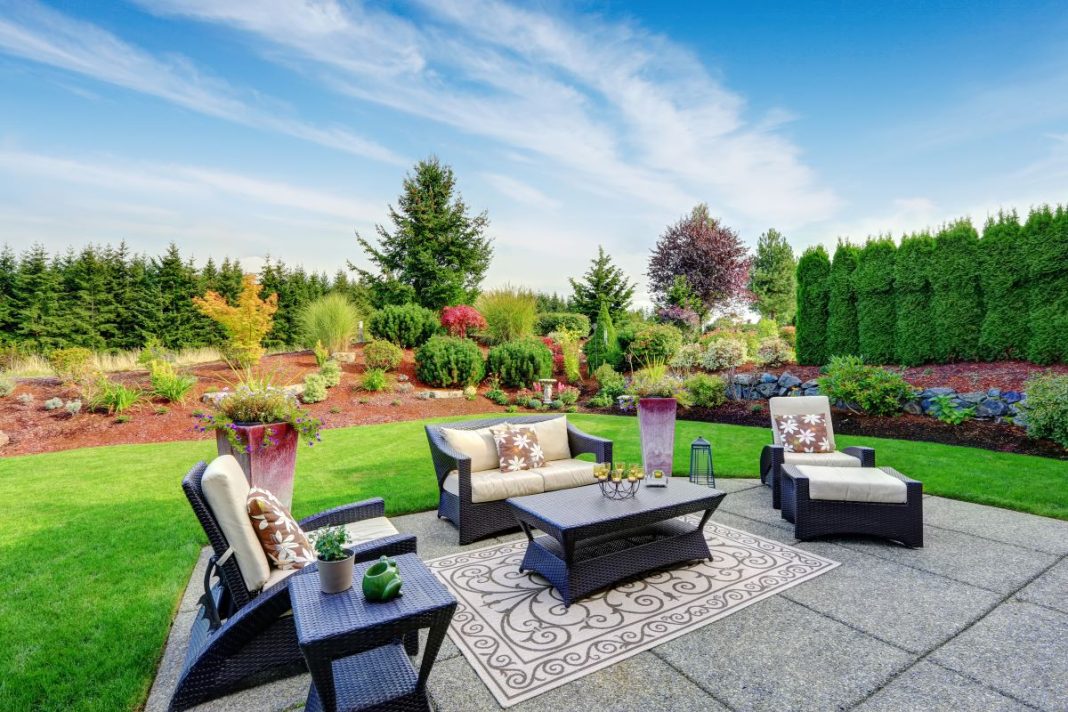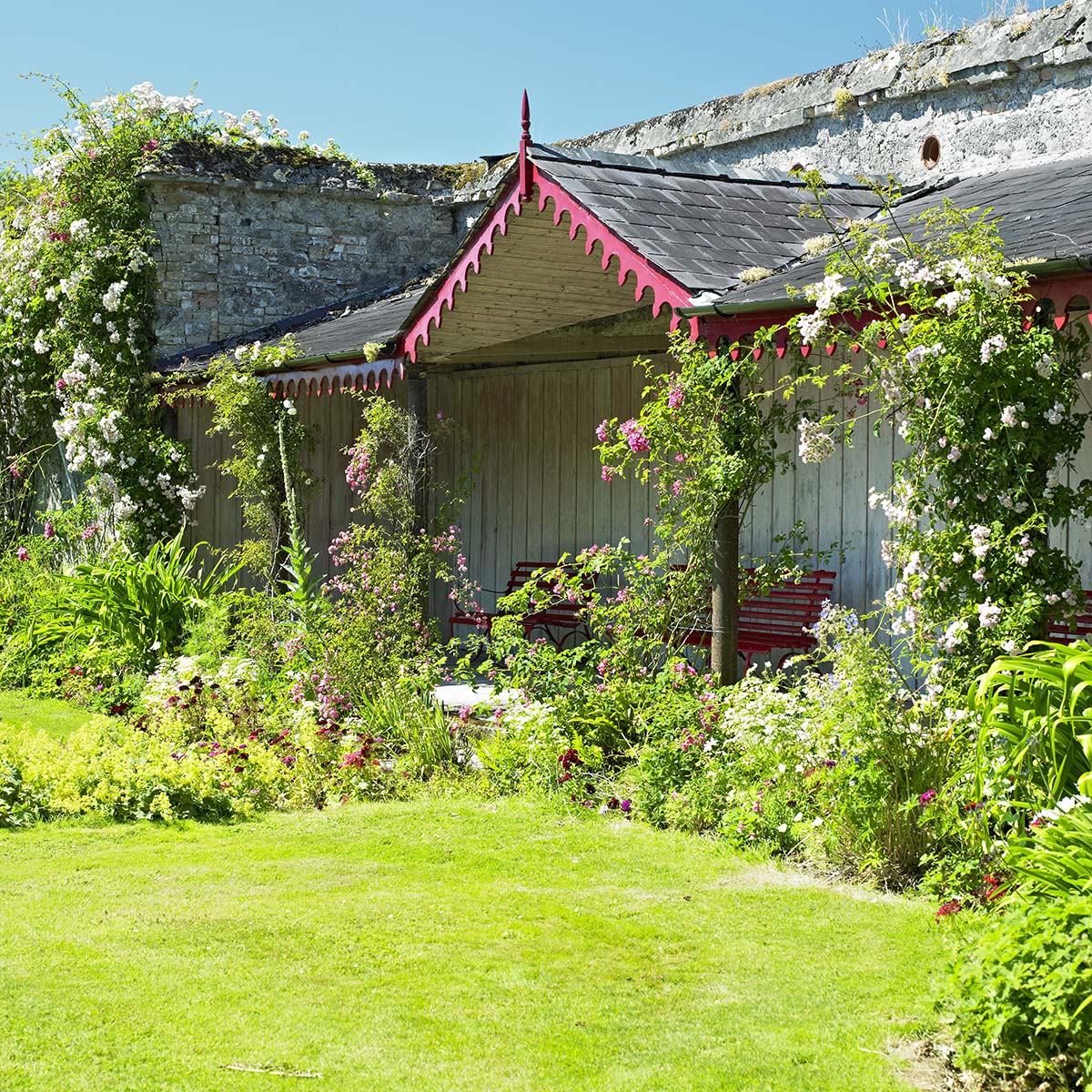Looking to transform the layout of your garden? This DIY garden guide from Semple Begg shows you the power of planting the right flowers in the right areas
Founders of the world-renowned garden design and landscaping studio Semple Begg lead you through the ins and outs of re-deigning a home garden space. This is your DIY guide to bringing colour and interest to key green areas, including in-depth advice for planting the right flowers in the right positions for ultimate growth throughout the seasons.
It’s time to finally frame that meandering path and line your summer house with the best flowers and bushes for autumn. Happy gardening!
Words from Nicola Semple and Susan Begg, founders of Semple Begg.
How to line patios and terraces with plants
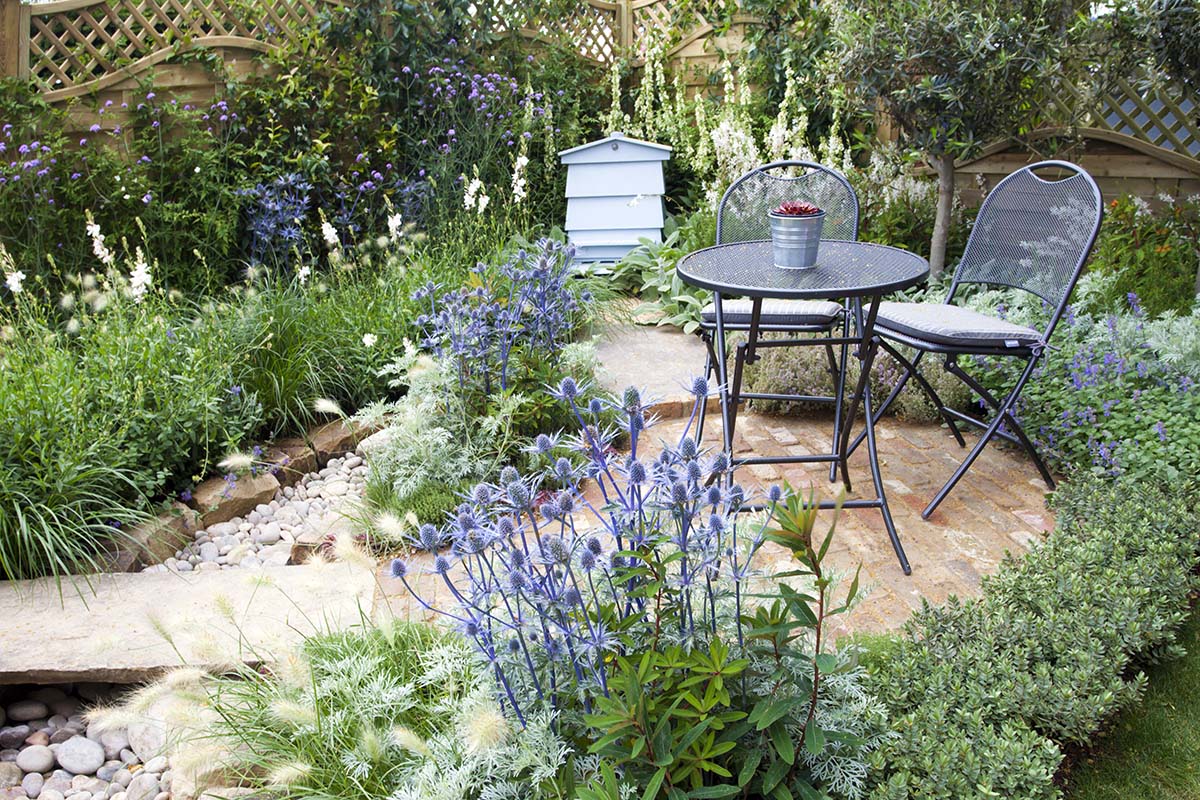
If you are creating a new patio or terrace, then you have the chance to frame it with a lovely border, a minimum of 1.5m wide. This is enough depth to create a sense of being cocooned within the planting and with enough plants to allow successional planting.
If you are working with an existing border that is much narrower, for example only 45cm wide, stick to two or three species and repeat them to create a sense of harmony and prevent it looking fussy.
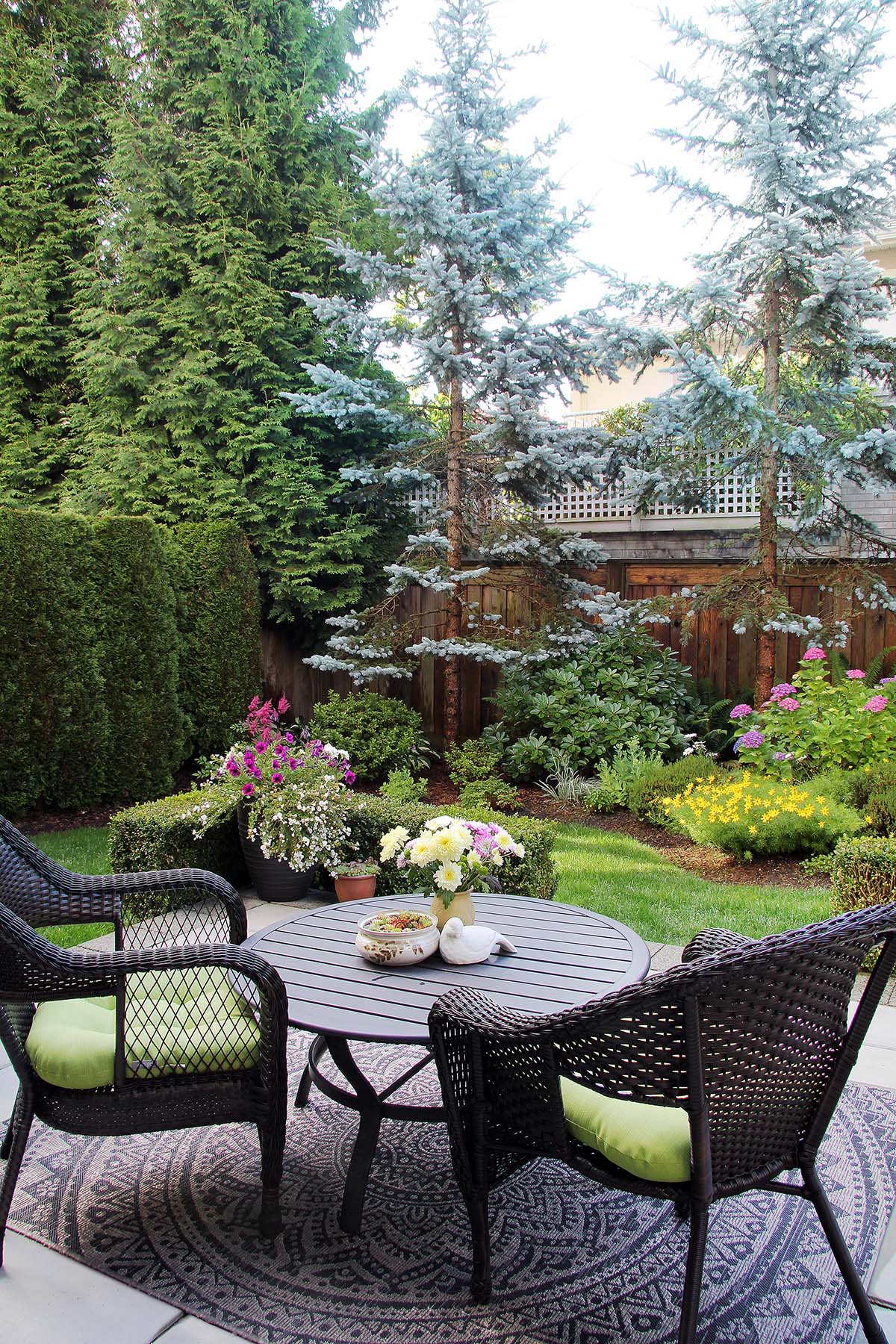
If it’s sunny, you could use the evergreen grass Stipa tenuissima with lot of Allium sphaerocephalon coming up through it for summer, maybe one or two Dianthus carthusianorum and Eryngium planums. Tulips in spring and before you know it, you’re being invited outside to enjoy your garden.
How to grow stunning florals next to fencing

Always install your fence first, plants second – and make the post foundations as small as possible, ideally using spikes rather than concrete foundations. This way, you have more room for plants.
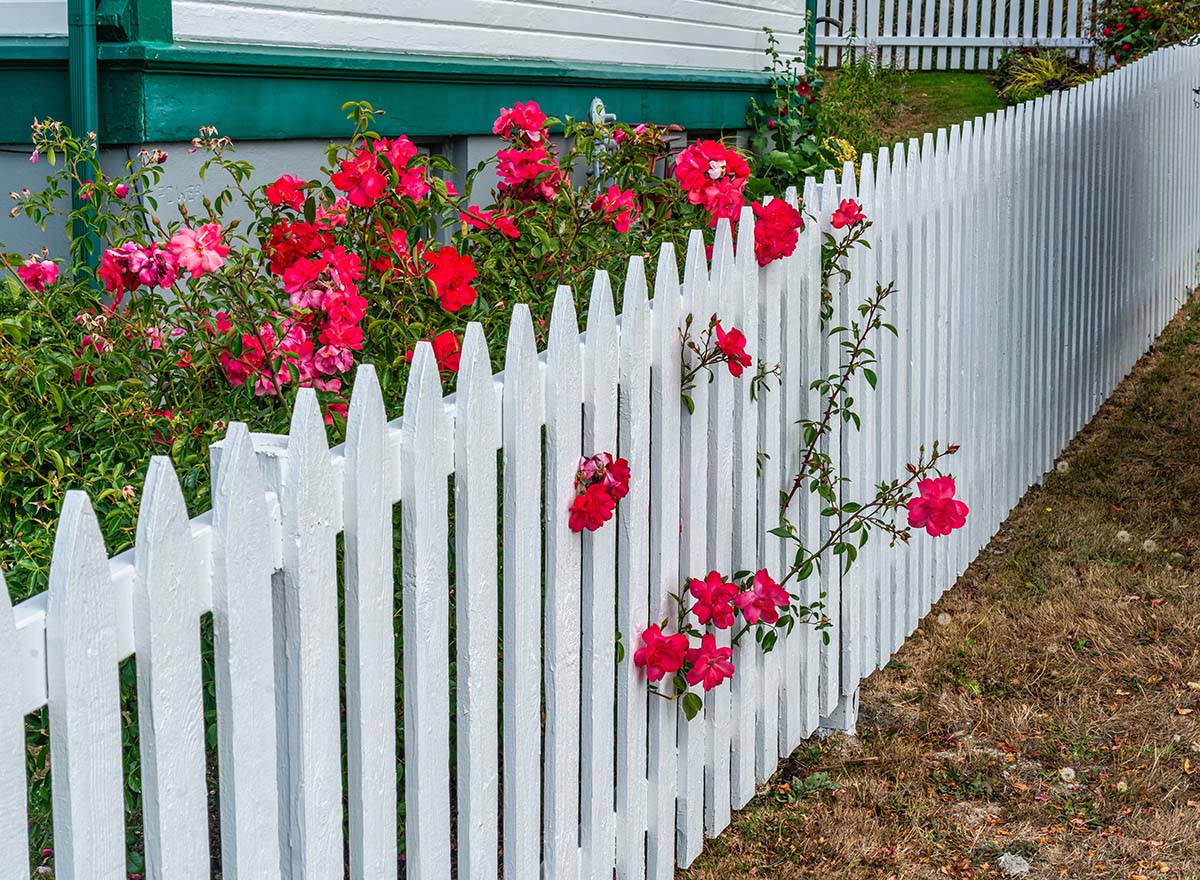
If your fence is not a thing of beauty, disguise it with climbers growing along tensioned stainless steel wires or paint it dark grey or black. This is great way to make the fence disappear and make the planting in front of it pop.
As with patios, make the planted area a minimum of 1.5-2m deep to create impact.
How to grow beautiful plants in water-clogged areas
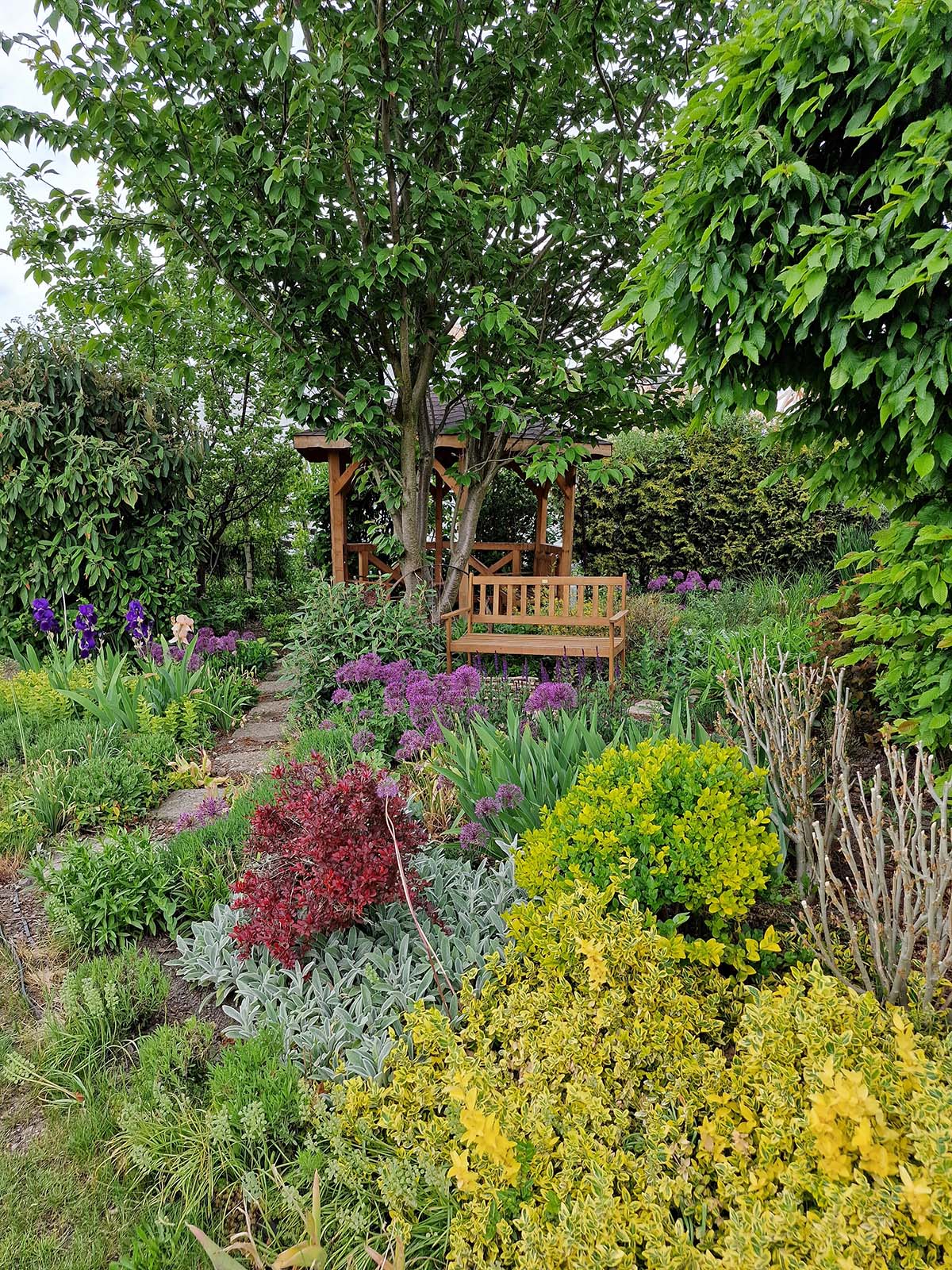
There are lots of beautiful plants that are entirely happy with wet feet!
Iris ‘Perry’s Blue’ is a Siberica iris, cobalt blue flowers emerge from fresh, green swordlike foliage in June and July.
Myosotis palustris (Water Forget-me-Not) is another pretty blue marginal. Its soft froth of tiny flowers look winningly pretty combined with a mix of tall, candelabra primulas: Primula pulveralenta, Primula beesiana, Primula bullesiana, and Primula japonica ‘Apple Blossom’.
For shady areas of wet soil, we recommend: Rodgersia ‘Chocolate Wings’ with Osmunda regalis (the Royal Fern) and Podophyllum versipelle ‘Spotty Dotty’ creates an sophisticated mix of strong architectural foliage of varying forms, colours, heights and textures.
How to decorate sheds and summer houses with flowers
Sheds and summer houses are begging for climbers!
For those more traditional in style, it’s hard to beat rambling roses, entwined with viticella clematis. Rosa ‘Ghislaine de Féligonde’ with Clematis viticella ‘Frances Rivis’ does it for us every time.
The graphic leaf form of Chinese virginia creeper, Parthenocissus henryana, suits a more contemporary aesthetic. It will happily clamber over a low garden building but is less vigorous than other creepers and is easily kept within bounds. It will grow in north facing shade but displays the most intense autumn colour if grown in the sun.
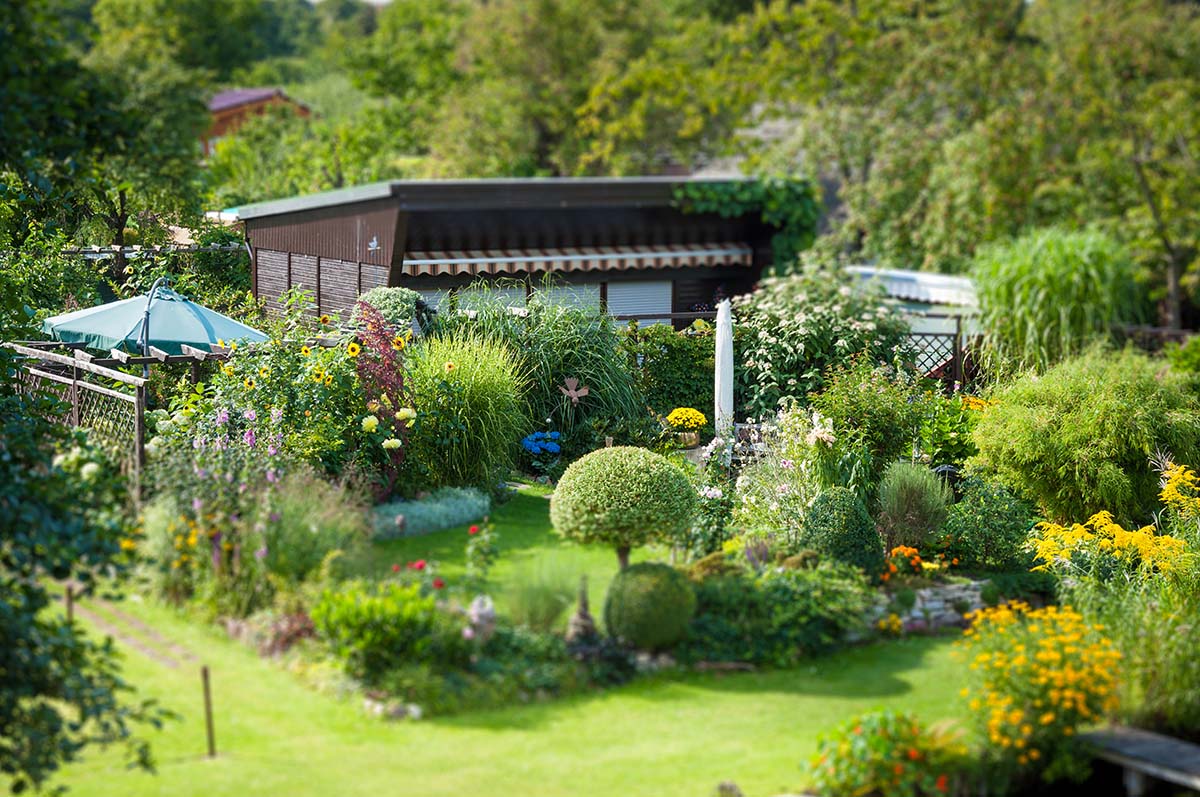
As well as climbers, think about immersing you garden buildings in the land surrounding them.
So, plant a mix of grasses and long flowering perennials right up to the windows of garden rooms, so you can enjoy them from inside as well as out. Many ornamental grasses stand well into winter, right through New Year, witnessing the low winter solstice light hitting the spent, honey coloured flower heads of Calamagrostis brachytricha brings much needed beauty to winter months.
Visit the Semple Begg website | Follow Semple Begg on Instagram | Follow Semple Begg on Facebook
See more advice from Semple Begg below – what plants and flowers are best to grow in July and August.
The best summer flowers to plant in your garden, according Semple Begg


